Iron plays a very important role in the human body. Iron is an important nutrient used in the body to produce hemoglobin. It is an iron-containing protein found in red blood cells, which also helps the blood carry oxygen to all other cells in the body.
It is quite common for iron to be in smaller quantities.
However, in that case there are dangers to our health and it can lead to iron deficiency anemia.
Iron deficiency can occur at any age, but women are at a greater risk.
Here are the symptoms, which suggest a lack of iron in the body:
fatigue; hair loss; poor memory; weak immunity; pallor; brittle nails; impaired concentration; noise in the ears; headache; dry skin; general weakness; dry mouth; dry hair; loss of appetite; anxiety; dizziness; shortness of breath; tongue pain; irritability; decreased thyroid function.
The reasons for the lack of iron in the body are many and varied. One of the reasons for this condition is poor diet. That's why people with reduced iron should eat more spinach, kale, arugula and other green leafy vegetables. Nuts, beans, lentils, fish, seafood, eggs and offal are also recommended. Including chicken hearts or pork liver are among the best sources of iron. But what are the other suitable foods for people who do not eat meat.
Here are plant sources of iron:
1. Spinach
Leafy vegetables like spinach - Popeye sailor's favorite - contain a lot of iron. Only 3 cups of spinach contain 18 mg of iron, more than 230 grams of steak. Spinach salad is enough to meet your daily needs for iron.
2. Broccoli
This vegetable is not only an excellent source of iron, but also a vegetable that contains a variety of essential nutrients such as vitamin C, vitamin K and magnesium. In addition, vitamin C in broccoli improves the body's ability to absorb iron. So eat broccoli with cheeses more often.
3. Lentils
By adding 1 cup of lentils to your soup or favorite salad, you'll find an easy way to give your body more iron than a 230-gram steak would. Lentils are also rich in protein, dietary fiber and potassium. Lentil salad is also very tasty.
4. Kale
3 cups of the curly leaves contain 3, 6 mg of iron and for this reason kale helps protect your body from fatigue and anemia. If you don't like raw kale, you can add chopped leaves to your favorite vegetable soup, salads or vegetarian burger.
5. Baked potatoes
Large baked potatoes contain 3 times more iron than a 85-gram serving of fried chicken. Make a delicious combination with stewed broccoli, a little white cheese or melted cheese and add a little yogurt to this whole combination.
6. Sesame seeds
1 tablespoon sesame seeds means 1, 3 mg of iron and small seeds can be easily included in any diet. You can use them as a dressing, you can mix them in salsa sauce or another type of sauce or sprinkle them on a salad.
7. Dark chocolate
It is not only sweet but also healthy. Dark chocolate reduces anxiety, helps you have healthier teeth, healthier skin and increases iron intake in the body. 28 grams of dark chocolate contain 2-3 mg of iron.
8. Chard
1 cup of chard leaves contains 4 mg of iron, which is more than 170 grams, which a beef burger gives you. Chard is also a major source of important nutrients such as folic acid, omega-3 fatty acids and vitamins A, K and C.
9. Kidney-shaped red beans
1 cup of red beans contains 3-4 mg of iron. This vegetarian superstar is a healthy ingredient often used with other options, which replace meat. For example bean patties or vegetarian sausages.
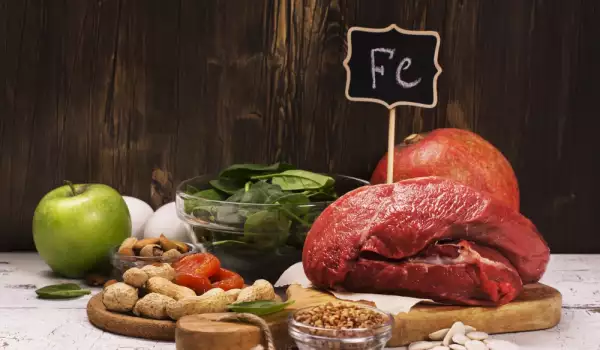
Iron-rich menu
If you suspect an iron deficiency, you should include some of the following meals and foods several times a week:
- beef stew;
- canned beef;
- lamb or mutton kebab;
- pork;
- baked salmon (two or three times a week);
- tuna salad - up to 280 grams per week;
- sardines;
You should include one or more of these important sources of iron in every meal:
- scrambled eggs with mushrooms;
- pumpkin seed bread;
- cereals with iron: cereals, cornflakes, desserts with nuts;
- dark green leafy vegetables: cabbage, Brussels sprouts dishes, spring onions, spinach soup, wild garlic, kale, broccoli recipes;
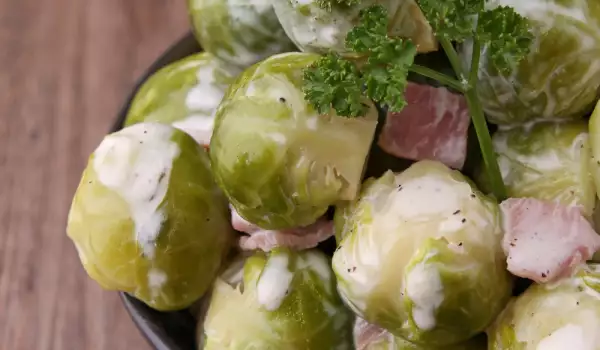
- red beans with chickpeas, bean flour, pea stew, chickpea flour, lentils;
- dried fruit: apricots, grapes, raisins, prunes;
Vitamin C helps you absorb iron from vegetables. Include important sources of vitamin C in your diet daily:
- orange juice or fruit juice enriched with vitamin C;
- oranges, grapefruit, lemons or linden;
- healthy fruit salads with strawberries, melons or kiwis;
- green, red or yellow peppers;
- fresh salads with tomatoes;
You can drink tea only 30-60 minutes after a meal, as tea can reduce the amount of iron you can absorb.
As you can see, there are many ways to get iron from food. Unfortunately, there are many reasons for iron deficiency. These include poor and varied diet, unhealthy lifestyle, heavy menstruation in women or other severe blood loss, hormonal problems, chronic diseases and more.
The easiest way to notice iron deficiency is in conditions such as fatigue, pale appearance, need for longer sleep, difficulty waking up in the morning. Brittle nails, sparse hair and skin blemishes can also indicate iron deficiency. That's why you need to take care of your health and react to the first symptoms of iron deficiency in the body. Do it not only to regain your beauty, but also to be alive and healthy again.
If you suspect iron deficiency, see a doctor right away.
Treatment takes a long time, and if you delay the consultation, things can get complicated.


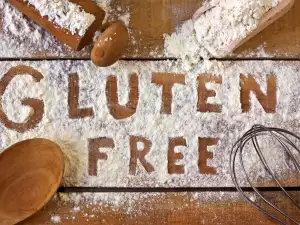
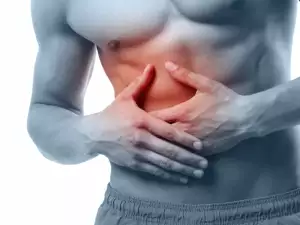
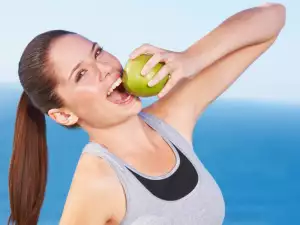
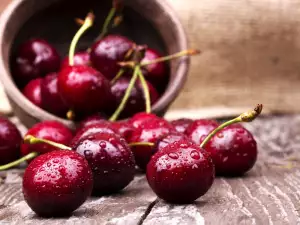
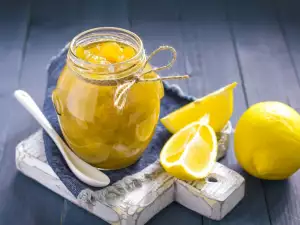


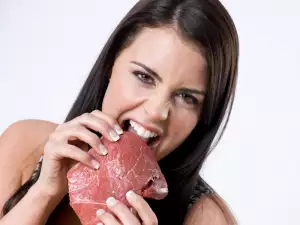
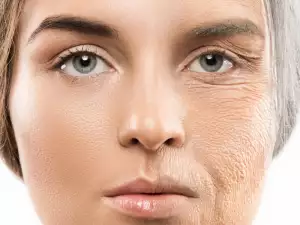

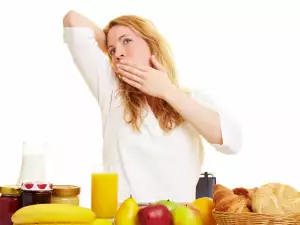
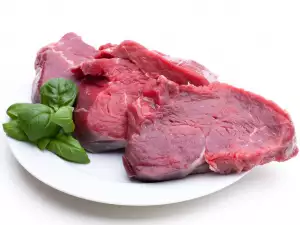
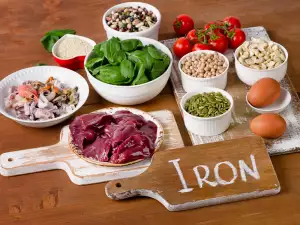
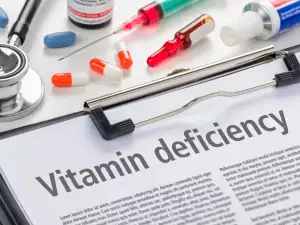




Comments